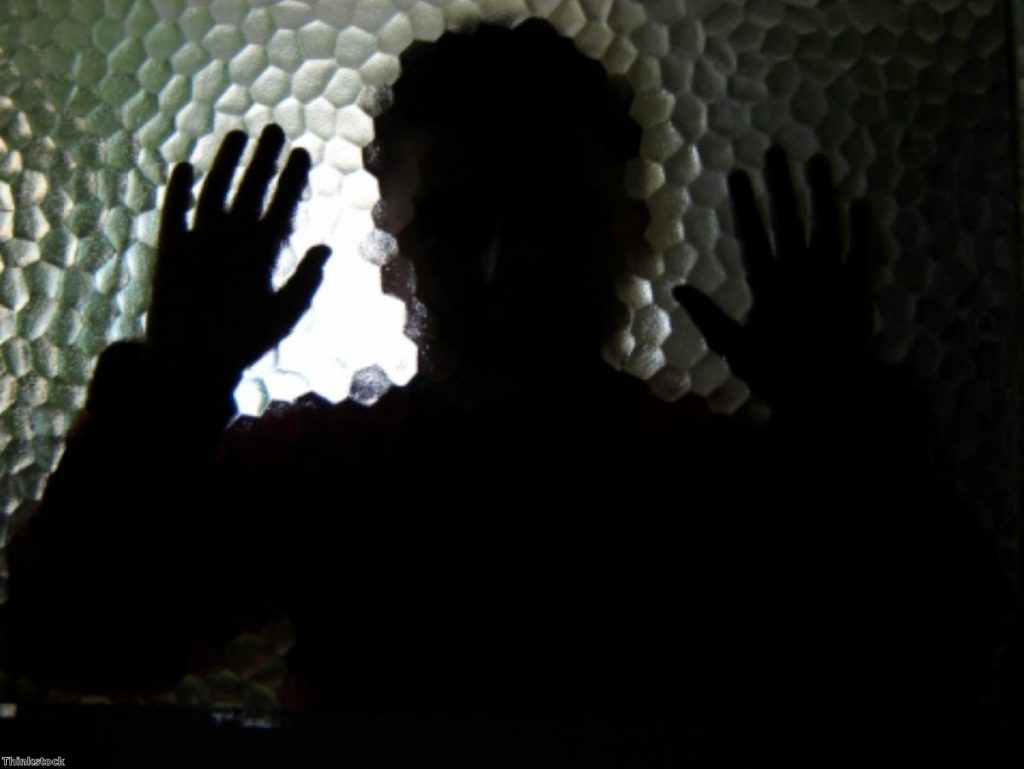Legal ruling proves the Home Office broke its promise on torture victims
In the end, the Home Office admitted it itself. It does not have the resources to work out if it is locking up torture victims. This is now a legal fact, used as its defence in court.
It is an admission of its own lies. The Home Office previously assured us it would only put torture victims in immigration detention centres in exceptional circumstances. Now we know that's not true. They don't have the resources to establish if someone has been tortured, so they can't possibly offer us an assurance that they haven't. It is now clear there are torture victims in British detention centres and the Home Office is doing nothing about it.
This is how we know.
In 2003, a Sudanese national who claimed to have been tortured by his government arrived in Britain. He claimed asylum. It was rejected. He appealed. It was rejected.
Then he went off grid and only came to attention once more when he was sectioned under the Mental Health Act at Hull Royal Infirmary hospital.


Already there were signs that the claims were genuine. The Medical Foundation conducted three assessments and found scars consistent with his account of the torture – information Mr Justice Dingemans described as "very relevant evidence".
But it wasn't until the man was detained by the home secretary in 2011 that more independent medical tests were done.
On his body they found 260 scars. He had been burnt. He had been cut. He had been branded.
On November 5th 2013, a report documenting the scars was sent to the Home Office. It did not respond. In January 2014 the court of appeal issued a court order requiring the Home Office to respond. Still it did not respond.
It wasn't until June 18th 2014, one day before the hearing, that the Home Office bothered to respond. By then, this man had been in detention for years, without ever knowing when his ordeal would end.
Why had the Home Office failed to consider the medical evidence or comply with court orders? Because, in its own words, of "lack of resources".
Mr Justice Dingham said the effect of this failure was that "the claimant's detention how now become unlawful; the defendant [Theresa May] has incurred liabilities to the claimant; and the claimant must now be released".
This is what Toufique Hossain, director of public law at Duncan Lewis, which represented the claimant, had to say:
"It is chilling to hear what the home secretary says as part of her defence in this case. She says that she has insufficient resources to monitor and review the administrative detention of foreign nationals even when those detainees have clear evidence of being victims of torture.
"Our client has over 260 scars including burning, cutting and branding. How many torture victims is the state detaining unlawfully because it lacks resources to monitor detention? How many torture victims are detained under immigration powers either in prisons or detention centres?"
Independent medical groups – the type who do the work the Home Office apparently doesn't have the resources for – estimate that between five per cent and 30% of asylum seekers have suffered torture. This is how we greet them: disbelief, indefinite detention, a refusal to look at even the most incontrovertible proof of their suffering. We are ambivalent enough that we let them suffer for years in detention because we can't be bothered to look at a medical form.
A government which was in line with its own promises or even the most bog-standard of moral impulses would prioritise this work. Our government plainly doesn't reach that standard.
But even taking its excuse about resources at face value: this is proof, from the Home Office's own mouth, that it cannot stick to the promise it has made. It cannot tell us whether the people it is detaining have been tortured and therefore it cannot assure us that they have not.
The next time someone from the government waxes lyrical about ending torture overseas it's worth remembering that there are torture victims here, in Britain, locked up for no crime but the naive assumption that we might offer them safety.









